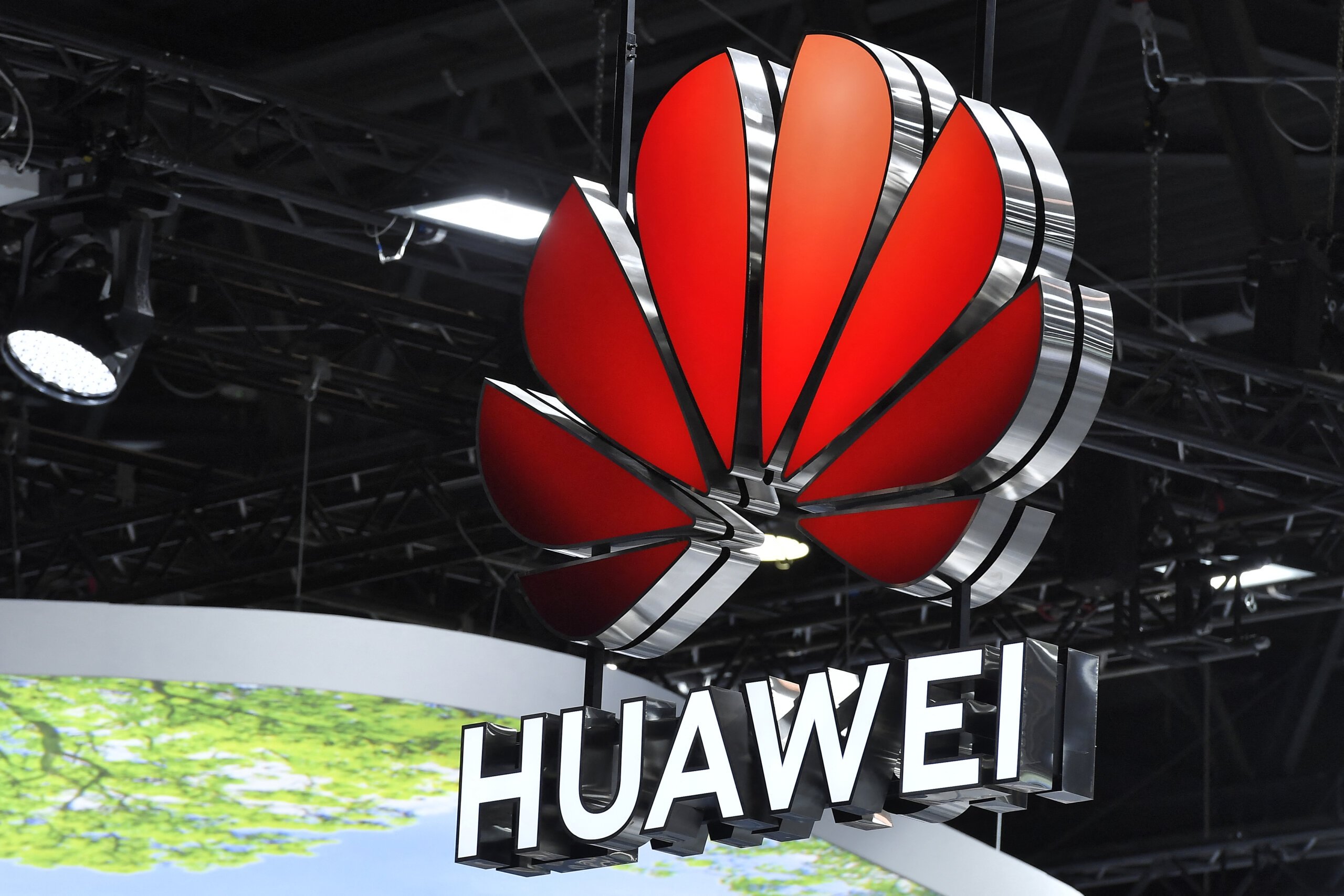Huawei’s CANN Open-Source Project: A Challenge to Nvidia’s AI Dominance
Is Huawei’s ambitious open-source initiative enough to disrupt the status quo in the AI computing world?
A week after Huawei’s groundbreaking announcement to open-source its Compute Architecture for Neural Networks (CANN) software toolkit, the tech world is buzzing. This move from the Chinese tech giant represents a significant challenge to NVIDIA’s two-decade reign over AI computing, pioneered by its CUDA platform. Can Huawei’s CANN overcome the formidable hurdles that have kept CUDA virtually unchallenged for so long?
What is CANN and why does it matter?
CANN is Huawei’s heterogeneous computing architecture designed for optimizing AI applications on its Ascend AI GPUs. Introduced in 2018, it’s Huawei’s direct competitor to NVIDIA’s powerful CUDA platform. The open-source release of CANN gives developers a new alternative for building high-performance AI applications, offering extensive APIs and programming interfaces. It signifies Huawei’s commitment to fostering a robust, in-house AI software ecosystem to support its hardware ambitions. The availability of a competitive, open-source solution directly impacts the landscape of AI development, potentially enabling broader adoption of alternative platforms.
Strategic Timing and Geopolitical Context:
Huawei’s decision to open-source CANN arrives at a crucial moment in US-China tech relations. The announcement, coming amidst regulatory scrutiny of NVIDIA by the Cyberspace Administration of China (CAC), further complicates matters. Huawei’s chairman emphasized the move’s potential to accelerate innovation and broaden access to its Ascend platform. This strategic decision is not only about technological advancement but also about building an independent, resilient AI infrastructure in China, in response to potential export restrictions or other limitations imposed on Chinese companies.
CUDA’s Closed Ecosystem and the Challenge:
NVIDIA’s CUDA has enjoyed unrivaled dominance. Its tightly integrated hardware and software approach has created a substantial barrier for developers looking for cross-platform compatibility. NVIDIA even added clauses to its CUDA licensing agreements that explicitly prevent developers from running the code on other platforms using translation layers. This creates an obstacle for potential competitors like Huawei wishing to gain traction within the AI landscape as a new alternative. Gaining developer adoption is central to gaining market share.
Industry Analysis and Market Implications:
Analysts anticipate a prolonged path for CANN to match CUDA’s mature ecosystem. CUDA boasts a vast library of optimized solutions, substantial community support, extensive documentation, and years of experience in refining developer workflows. While some Ascend chips show promising performance in specific tests such as against NVIDIA’s leading hardware, widespread and sustained adoption will require extensive focus on providing a robust software ecosystem. The success of CANN hinges on its ability to support existing AI frameworks and emerging technologies like large language models and AI writing tools.
Building a New Ecosystem: Collaboration and Community:
Huawei has initiated conversations with key stakeholders in China, including businesses and research institutions, to nurture a strong developer community for the Ascend platform. This strategy to build a supportive and collaborative community mirrors successful open-source models in other tech sectors.
Global Chip War and Technological Independence:
Open-sourcing CANN aligns with China’s broader strategy to build technological independence. Other Chinese tech companies are also making strides in open-source AI initiatives. This trend underscores the strategic imperative of domestic technology development in response to export limitations and other challenges specific to the region.
Expert Skepticism and Challenges Ahead:
While CANN has the potential to disrupt the current landscape, it needs to address key concerns for widespread adoption beyond raw performance, including software stability, strong community development, high quality documentation, and easy integration into existing AI workflows commonly in use by developers.
Looking Ahead:
Huawei’s open-source strategy represents a significant shift in the global AI computing landscape, possibly redefining how AI software development is approached on a global scale. Whether it will succeed in challenging NVIDIA’s dominance remains to be seen. However, this initiative certainly introduces a new chapter in the ongoing competition for the future of AI infrastructure.
Key SEO Keywords: Huawei, CANN, Open Source, AI, AI Development, CUDA, NVIDIA, Ascend, Heterogeneous Computing, AI Hardware, China, US-China Tech Relations, Global Chip War.

